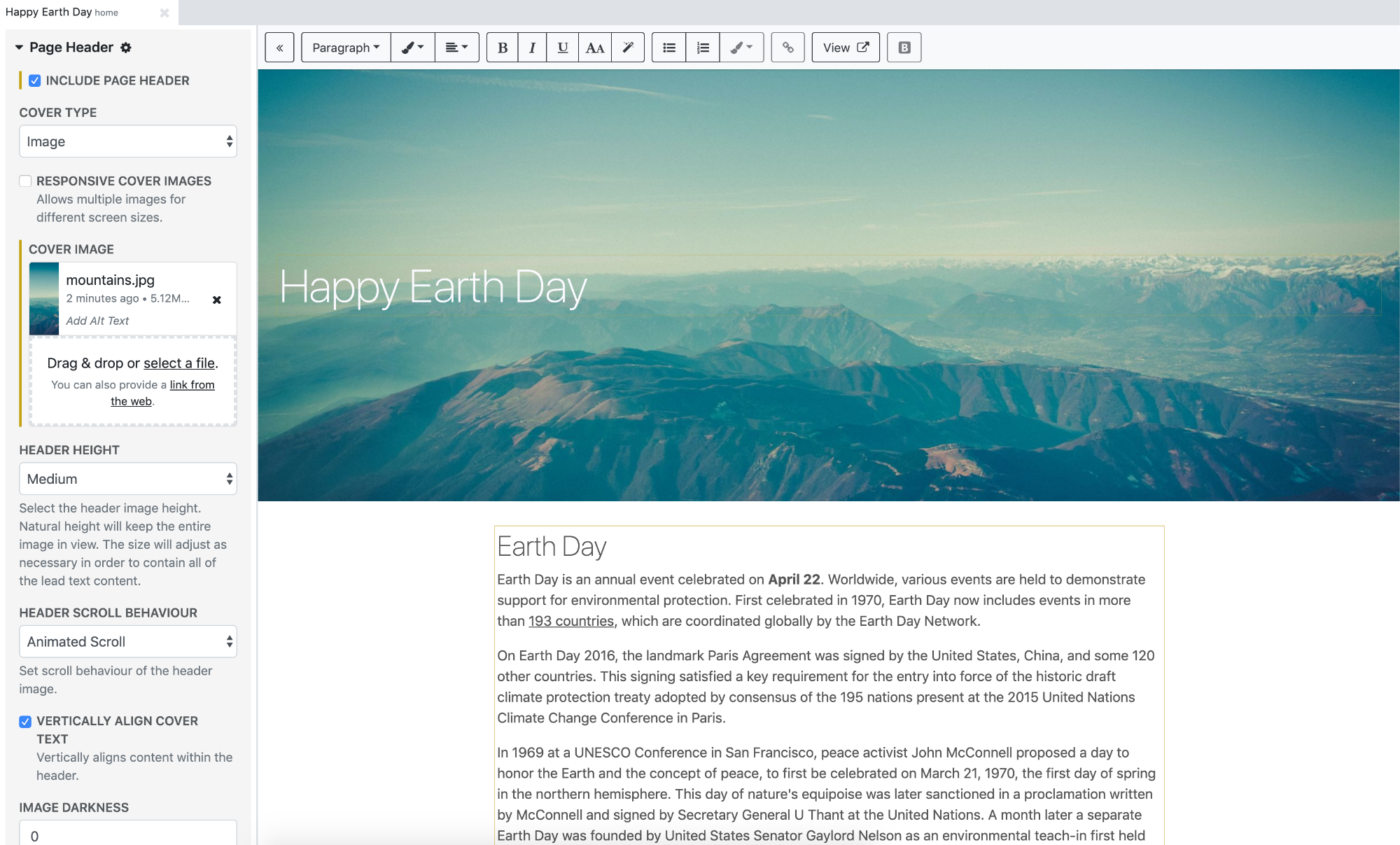Getting Started
Welcome to Pagedip! These articles will teach you the fastest way to get the most value out of Pagedip and how to use the key features. This will cover the fundamentals but you can also look at the entire knowledge base for in depth explanations on specific features. Let's get started.
Requirements
Before doing anything, you'll need the following:
A User Account (either a personal one or one on your company's Pagedip profile)
Access to an up-to-date internet browser on a desktop (we recommend Google Chrome)
Once you have these, go to pagedip.com/editor to sign in.
Preparing for Pagedip
Creating a Pagedip is different from writing your average document, so we recommend following our Creative Flow when starting your first Pagedip. This will help you re-frame how your content can look and engage readers in this new way.
Creative Flow
Identify your content. Whether it be brand new content or an existing document, determine what information you want to share with your readers.
If there is a large amount of content, consider splitting it up into a multi-page Pagedip (title Pagedip with child pages).
Determine what action you want the reader to take after they consume the content in your Pagedip.
Write down the major themes of your document that you'll use to guide your reader through your content.
These can become your section headers or, if the content is large enough, child pages.
Mark any sections that repeat or share information.
These sections may be excellent content to place in Pagedip Tech Cards or the Global Media Drawer.
Take notice of areas that relate to each other.
This will help you create the best layout and flow for the document.
Mark words, phrases or sections where extra information, illustrations or other media would be illuminating for the reader.
We will turn some of these into Binks to engage your readers.
Compile all of your media resources into one place so they're easy to access.
We will be able to upload them directly to Pagedip. With videos and simulations you'll also have the option to stream them live from an external site, in your Pagedip core content or within Binks. All without ever having to leave the page!
Create Your First Pagedip
When you first log in, you are immediately taken to The Library. This is the hub where you can create new or edit existing Pagedips.
Click the Create a new Pagedip button.
Enter a name for your Pagedip.
Choose either if you would like your Pagedip to be Public or Private.
Select a built in theme and press Create Pagedip.
We recommend starting with our Sidekick theme (a theme ready for action) with a hero cover image and a sidebar.
Exploring the Writeroom
After creating a Pagedip, you will be directed to the Writeroom. Here you can start writing your first Pagedip.
We suggest starting with the following:
Add a title to your page.
Add some text and stylize using the style bar tools.
Add a custom Page Header.
Here are more detailed examples of other media you could add to your Pagedip.
Add text in your Header to engage users.
Share Your Pagedip
Once you have spent some time creating your Pagedips, you will want to view them and share them with the world. You can experience a live version of the Pagedip you are working on by clicking the View button in the top right corner of the Writeroom.
Pagedips are optimized for both mobile and desktop, so you can share the URL with anyone and they will be able to access your Pagedip instantaneously.
